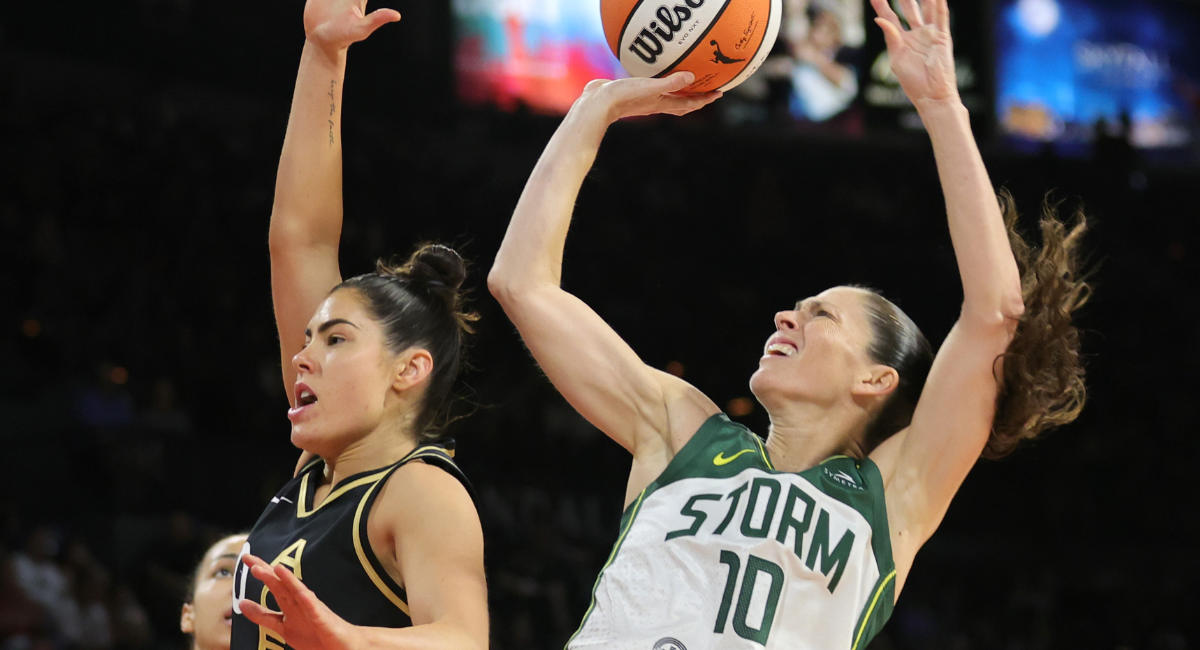Historically, female professional athletes have often been forced to choose between their career aspirations and their desire to have a family. In some cases, that paradigm is shifting, as in the cases of tennis player Serena Williams and track star Allyson Felix, who continued competing after giving birth. But in many ways, the same old same old pressures remain, with many female athletes continuing to believe that they need abortion to succeed. Now, in a tacit admission that female athletes are pressured to delay motherhood, some athletic teams are offering benefits for assisted reproductive technologies, including egg freezing.
A USA Today report notes that the WNBA’s latest collective bargaining agreement includes significant expansion of family planning and maternity benefits.
Los Angeles Sparks forward and president of the WNBA players union Nneka Ogwunmike commented of the collective bargaining agreement results, “With the responsibilities that women have to be both mothers and to also be working… we have to create resources to empower women in all of their roles.” Some of the WNBA benefits, like 100% paid maternity leave (though details on how much maternity leave is allowed are scarce) and a $5,000 annual childcare stipend, are undoubtedly pro-life; other benefits arguably pay lip service to supporting the players while protecting professional sports teams’ financial bottom lines.
READ: Female athletes say they faced pressure to abort: ‘It seemed like no choice at all’
While some athletes, like Seattle Storm players Breanna Stewart and Sue Bird, celebrated the WNBA players union’s victory in securing reimbursement up to $60,000 for adoption, surrogacy, or fertility treatments like egg freezing or embryo freezing, the implication is that female athletes who opt to take advantage of these benefits either won’t bear their own children or will delay childbearing for the sake of the team and/or their career aspirations.
After all, teams’ financial bottom lines will presumably benefit if athletes don’t leave for any extended length of time to bear children. That disappointing message — that women must choose between their careers and their desire to bear children — shows just how much ground women’s sports have yet to cover to truly empower the players.
USA Today also noted that several National Women’s Soccer League teams have chosen to partner with fertility clinics so that members can freeze eggs or embryos at reduced cost. Portland Thorns defender Becky Sauerbrunn froze her eggs before her team’s fertility clinic partnership was finalized. She opined, “It is not fair that elite female athletes feel like they have to choose between family and a career. Organizations have to be cognizant of that.”
A focus on fertility in female sports is long overdue. Live Action News previously reported that the World Cup-winning U.S. women’s soccer team utilized menstrual cycle tracking to optimize their training schedules. Some research suggests that cycle syncing, adjusting workouts and nutrition based on which of four cycle phases a woman is in, could reduce training-related injuries for female athletes. But the potential of natural family planning/fertility awareness education is largely untapped territory for female sports teams.
Athletes instead receive explicit or implicit encouragement to “give a lot of your prime reproductive years to being the best athlete in the building,” as four-time Olympian bobsledder Kaillie Humphries told USA Today. Then, some undergo physically and emotionally grueling assisted reproductive technology (ART) treatments in their mid-30s and beyond, when natural fertility is declining. Humphries, now 36, has spent $24,000 out of pocket on two rounds of in vitro fertilization (IVF), and remarked that while Team USA employs some 50 medical professionals, none are fertility experts.
Even USA Today’s coverage of Humphries’ story reflected a lack of understanding of the risks of certain fertility treatments. Humphries has Stage 4 endometriosis, and the article read, “Should [Humphries] get pregnant naturally, endometriosis may put her at higher risk for ectopic pregnancy,” but failed to acknowledge that IVF is also associated with increased risk of ectopic pregnancy. Furthermore, the risk of ectopic pregnancy after IVF appears to be more than twice as high as the risk of ectopic pregnancy for women with endometriosis who conceive naturally. The conclusion then, that “[The endometriosis diagnosis] makes [IVF] the safest route for Humphries,” is not supported by the facts presented in the article.
Women — including professional athletes — deserve to know how their menstrual cycles and hormones work, and to have the design of their female bodies and their capacity to bear children respected and taken into account by their employers.
“Like” Live Action News on Facebook for more pro-life news and commentary!







